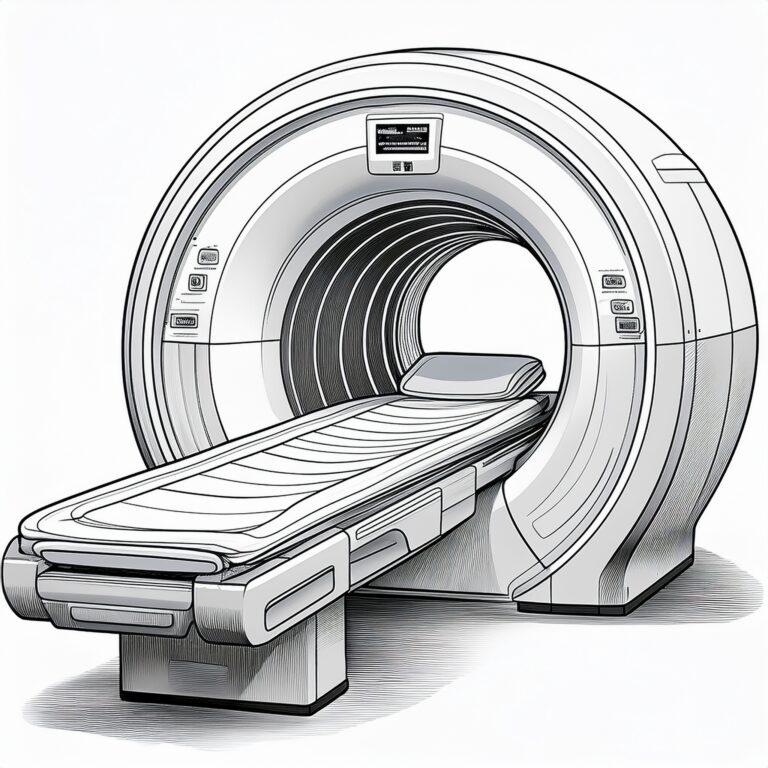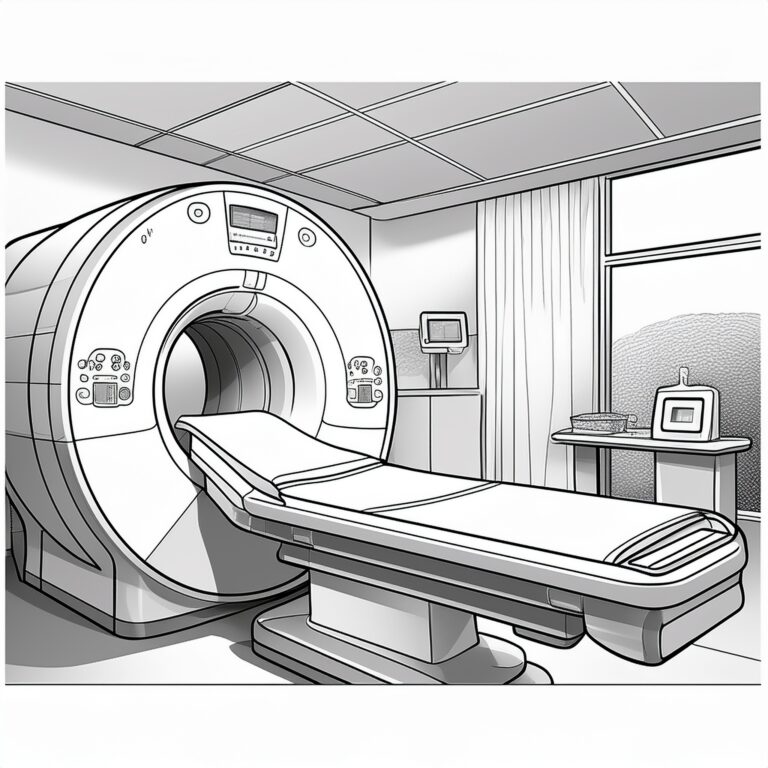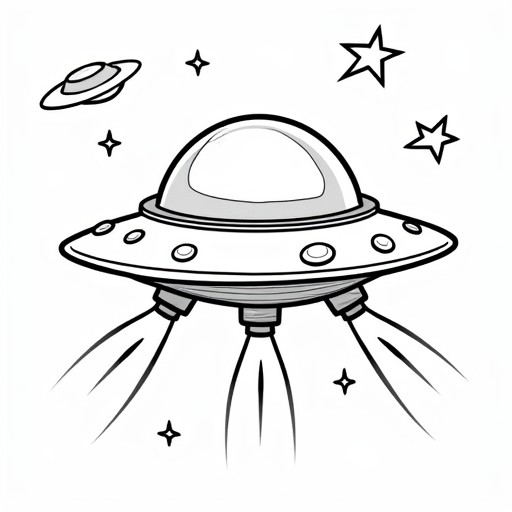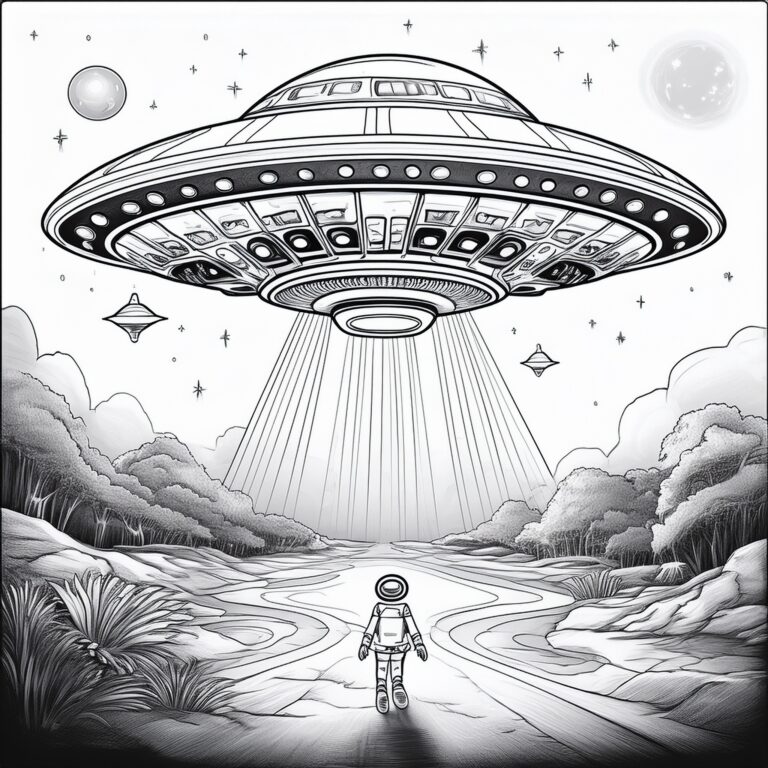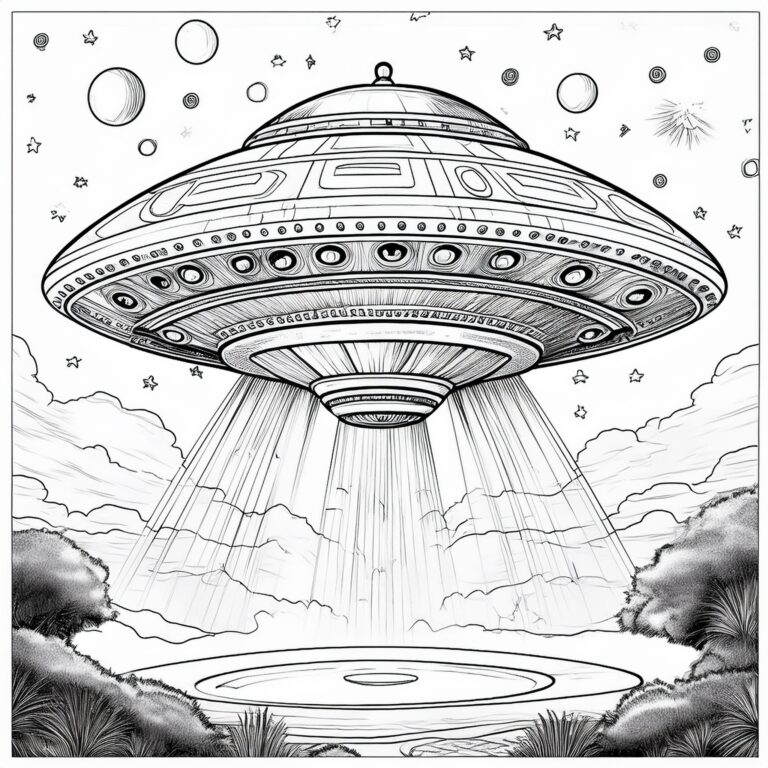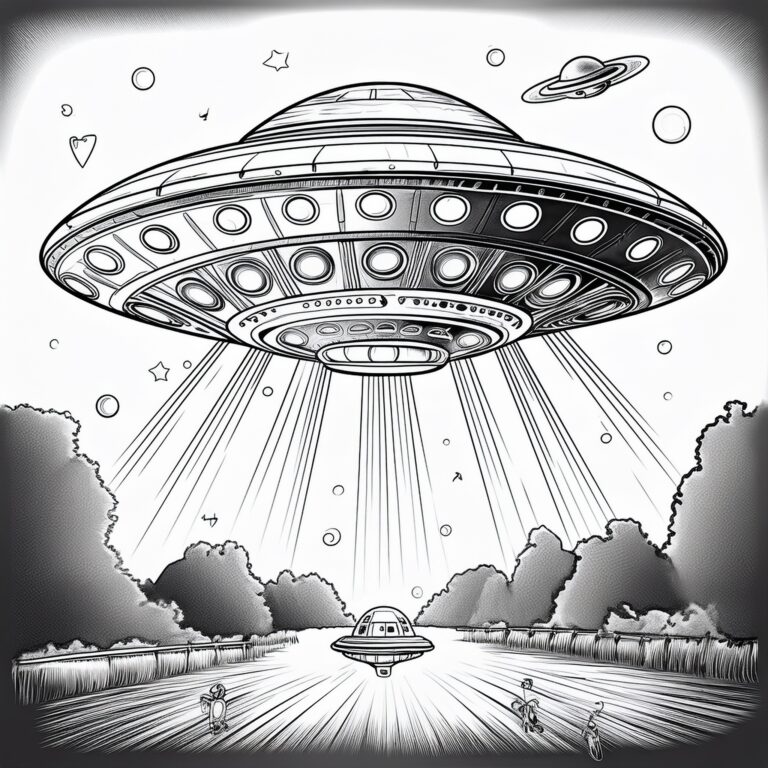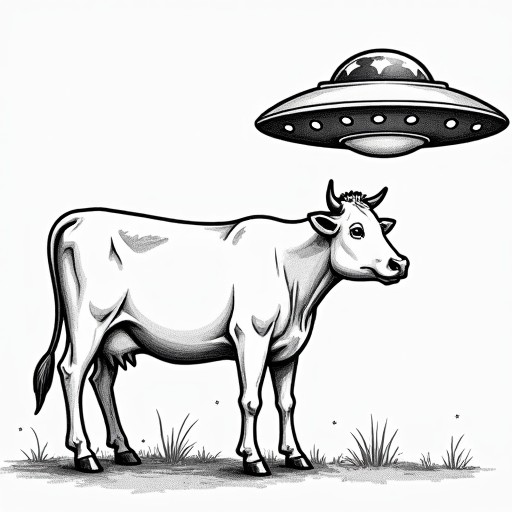Exploring the Mysteries of the Mind with Brain Imaging
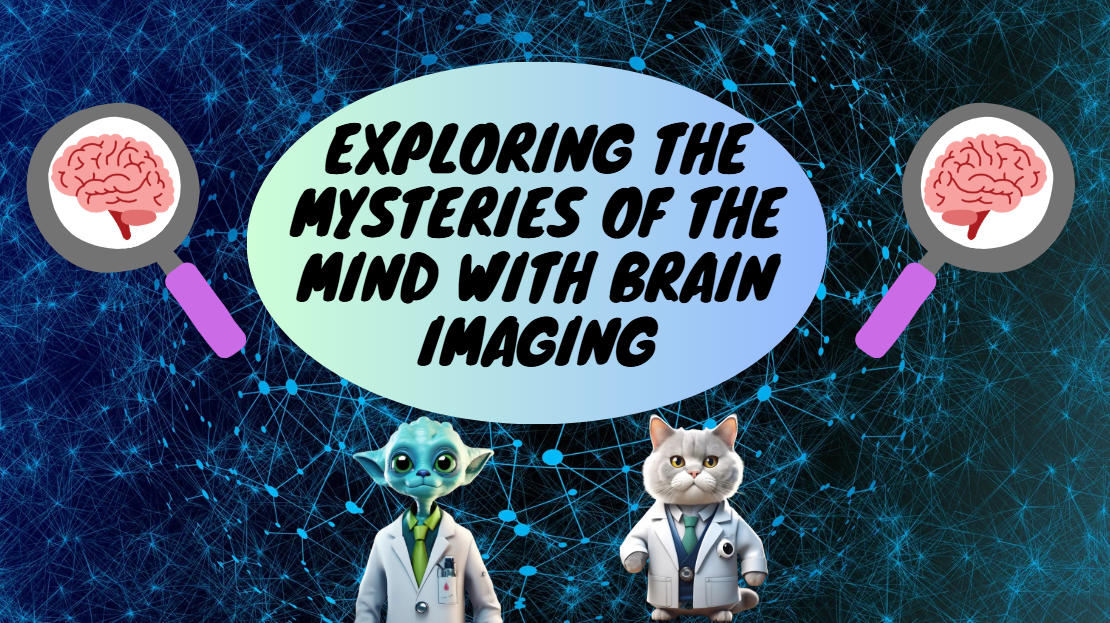
In the Milky Way galaxy, there is a planet where many mysteries about the unique creatures on the planet remain unanswered. This planet is Earth, where some of the biggest mysteries are inside the human head!
Currently, scientists know a lot about the brain, such as how it contributes to behaviours like reading, writing, playing sports, and watching movies, but there is still so much to learn!
For example, scientists need to learn:
- How the brain shapes people into who they are.
- What changes inside the human brain when someone has a particular disease, such as Parkinson’s or Alzheimer’s disease.
- How the human brain changes as people get older.
Fortunately, thanks to brain imaging, tools like structural and functional magnetic resonance imaging have allowed scientists to look inside the brain to understand how it is structured and what brain structures complete different actions. As a result, scientists have been able to answer many of the mysteries of the mind, which many scientists previously thought would never be answered!
Now, strap in with Doctor Whiskers and his alien companion, Doctor Zorp, as they blast off on a journey to learn about the different components of brain imaging, including the purposes (i.e., recording how the brain works and changes over time), the scanner that allows the acquisition of brain images, the powerful magnet in a scanner and the dangers associated with it, the different brain image views, motion in brain images, and brain painting.
To successfully embark on your journey with Doctor Whiskers and his companion, Doctor Zorp, you must first watch a video about brain imaging and then finish the game that builds off the material in the video. If you complete both tasks, you will receive a Junior Brain Scientist Certificate for completing your galactic journey!
Good luck, and remember, you can do anything you put your mind to!
Journey Companions
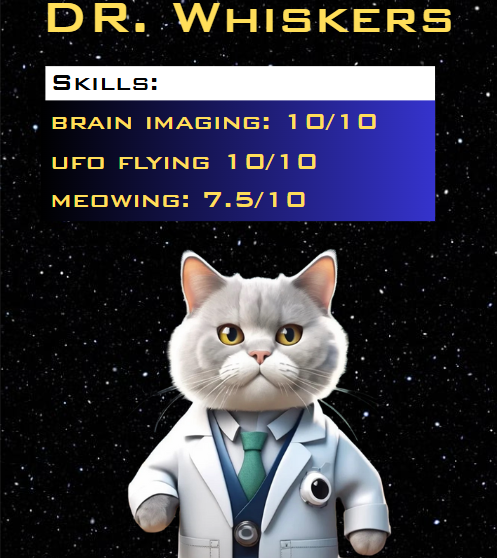

Born on the rogue planet OGLE-2016-BLG-1928, Doctor Whiskers is an expert neuroscientist and UFO pilot. Doctor Whiskers spends most of his free time in the laboratory exploring different creatures’ brains with brain imaging. However, Doctor Whiskers is not an expert in everything! For example, please do not ask him to meow because he is an alien cat, NOT a real cat, so his meowing is pretty CATastrophic. Doctor Whiskers needs your help to learn about the minds of a unique type of creature living on Earth!
Born on the rogue planet OGLE-2016-BLG-1928, Doctor Zorp is a quick-witted, intelligent, and brave neuroscientist. While she is a brilliant neuroscientist, she has just started to fly UFOs and is in the process of perfecting her skills. Thus, Doctor Zorp embarked on her journey with her companion and expert UFO pilot and neuroscientist, Doctor Whiskers, to find life on other planets! Doctor Zorp needs your help to learn about the minds of a unique type of creature living on Earth!
The Materials for the Journey
To successfully complete your journey, you must first complete the video on brain imaging and then finish the game!
To complete the video and game click on the buttons below!
Good luck, may the stars align in your favour!
About the Knowledge Translation Project and Creator
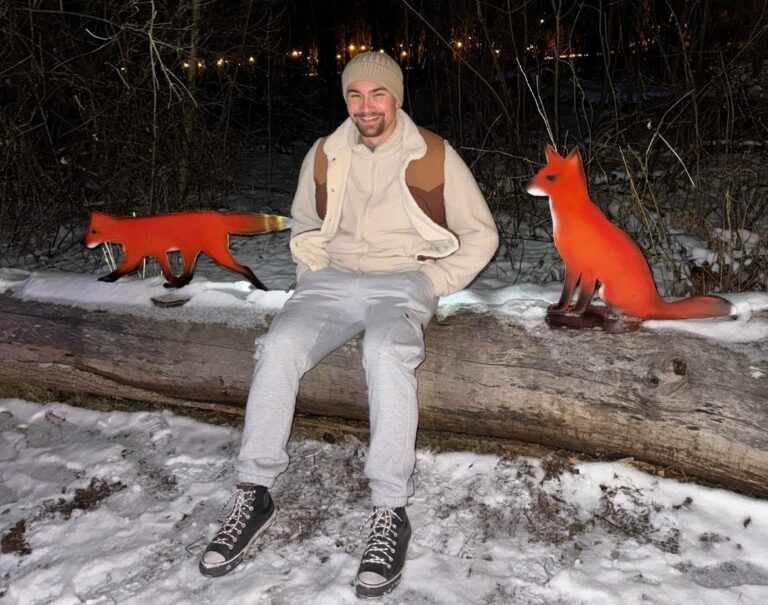
Hello, my name is Matteo Paventi! I am a fourth-year undergraduate student at the University of Toronto who has had the privilege of creating this knowledge translation project for you! There are some things I would like to explain to you about my project:
What is knowledge translation?
Knowledge translation is essential as it helps researchers ensure their findings are accessible, understandable, and usable for policymakers, healthcare professionals, and the general public. Knowledge translation involves adapting research evidence in ways that can positively impact real-world settings (Straus et al., 2009).
My Goal for the Project and Inspiration:
As someone pursuing a career in neuroscience, one thing that made me fall in love with studying the brain is that there are many things we do not know. Interestingly, after having the opportunity to use brain imaging techniques over the last few years, I realized that they enable scientists to examine many aspects of the brain that are mysteries. Therefore, when joining the Knowledge Translation class, my goal was to combine my love of brain imaging, mysteries of the brain, and science fiction to create a video and game that could teach children around the age of 7 years about how brain imaging can be used to uncover the mysteries of the mind. After allowing my younger cousins and family friends to try the project, they all enjoyed the game and did well, demonstrating that the project can teach children about brain imaging. Moving forward, I hope this project can be used to share my love and passion for brain imaging with many other people.
What is located on this webpage?
Above this section, I have a little preamble for the children that focuses on the importance of the brain and studying the brain through brain imaging techniques. Additionally, this website has my video and game for children to learn about the fundamental information related to brain imaging, including some of its purposes (i.e., recording how the brain works and changes over time), the scanner that allows the acquisition of brain images, the powerful magnet in a scanner and the dangers associated with it, the different brain image views, motion in brain images, and brain painting. Lastly, I have included some cool pictures and colouring sheets for children if they enjoyed the themes in the video and game.
I hope all children enjoy their journey with Doctor Whiskers and Doctor Zorp,
Matteo
Area 52: UFO Images that Missed My Project

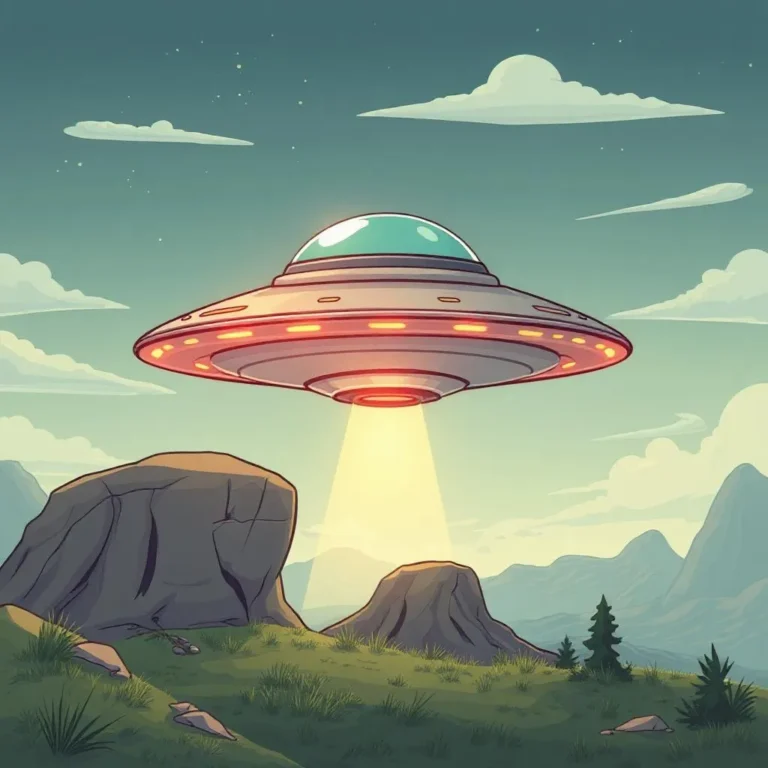
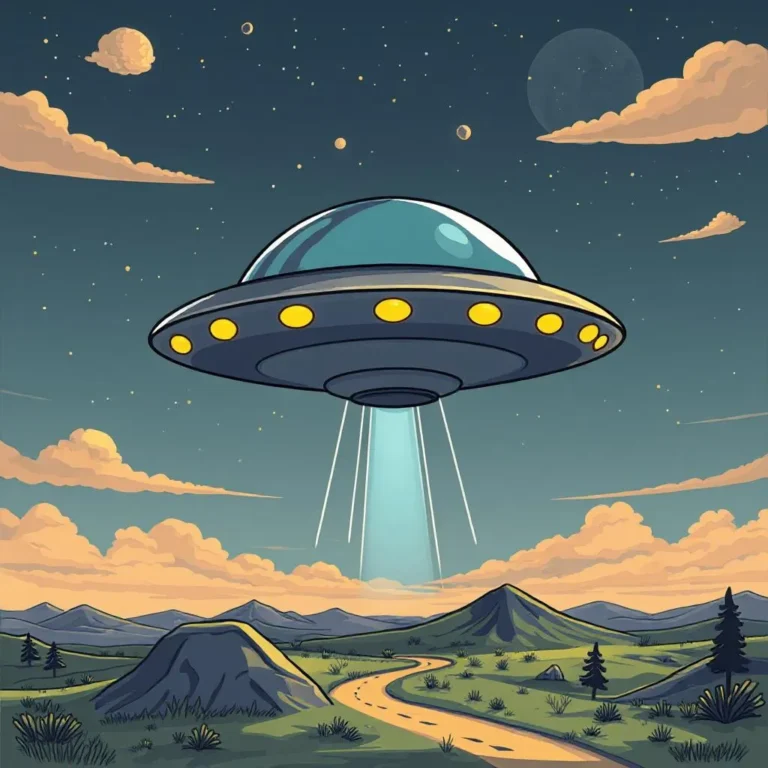
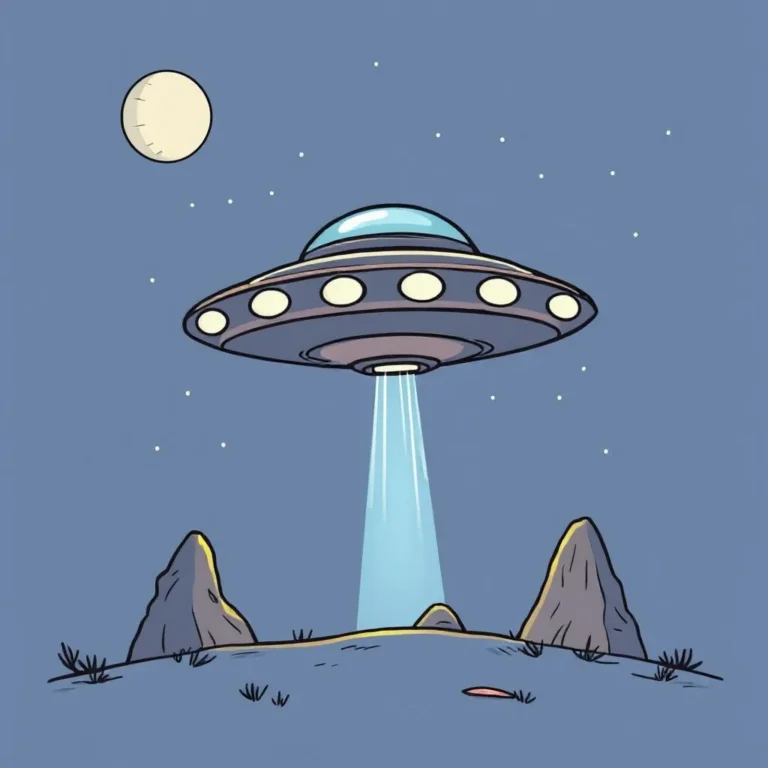

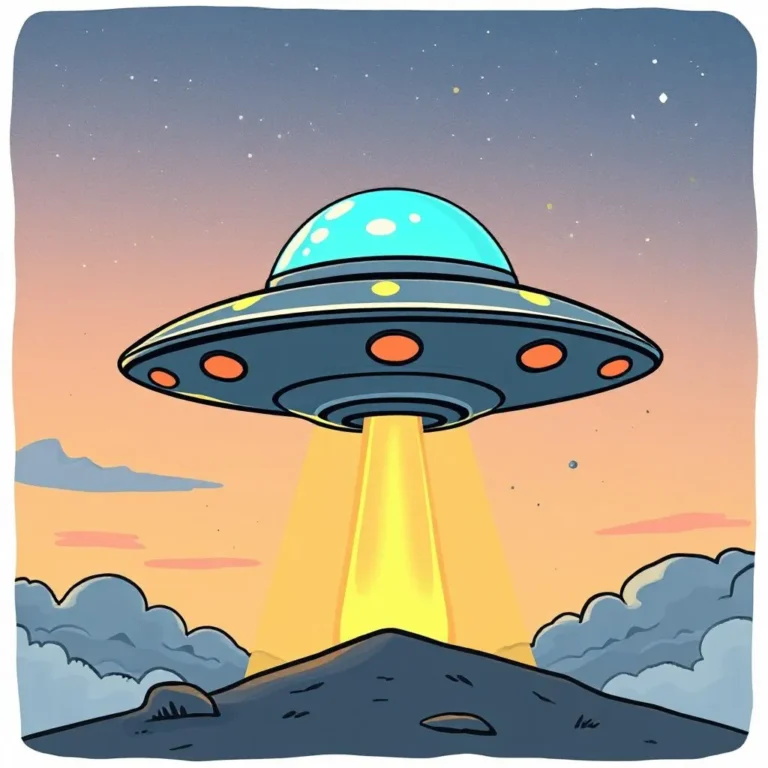
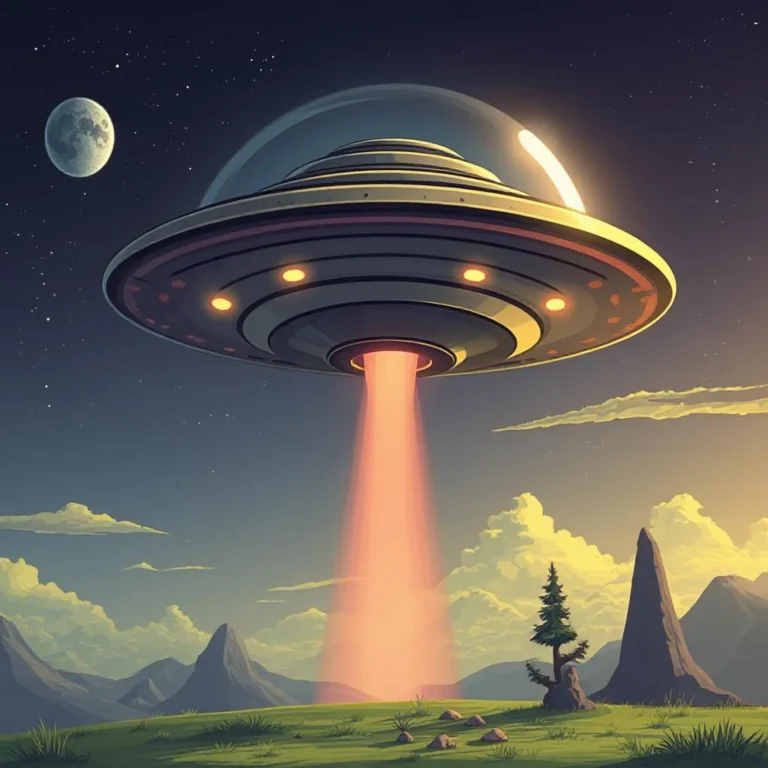
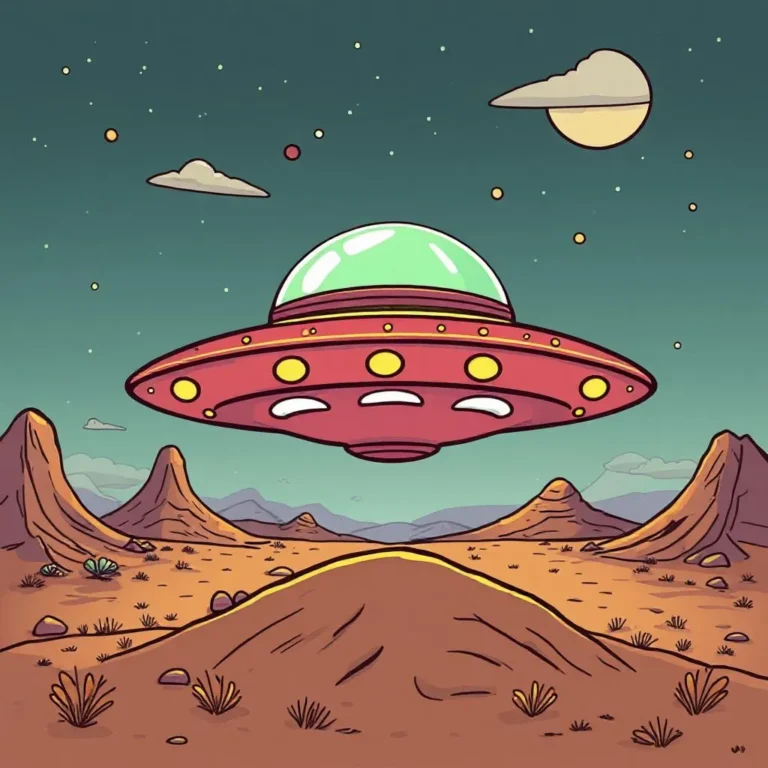
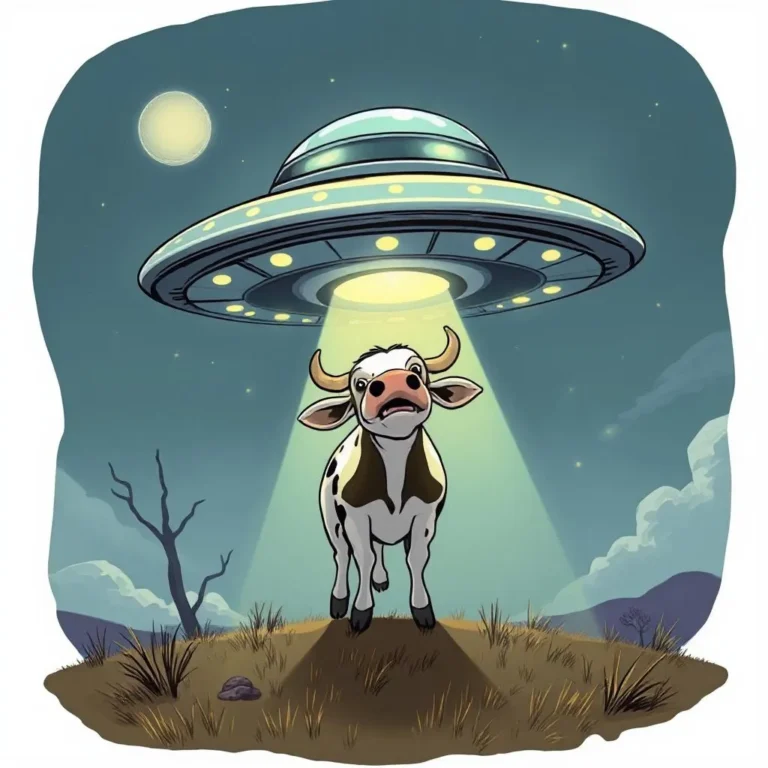
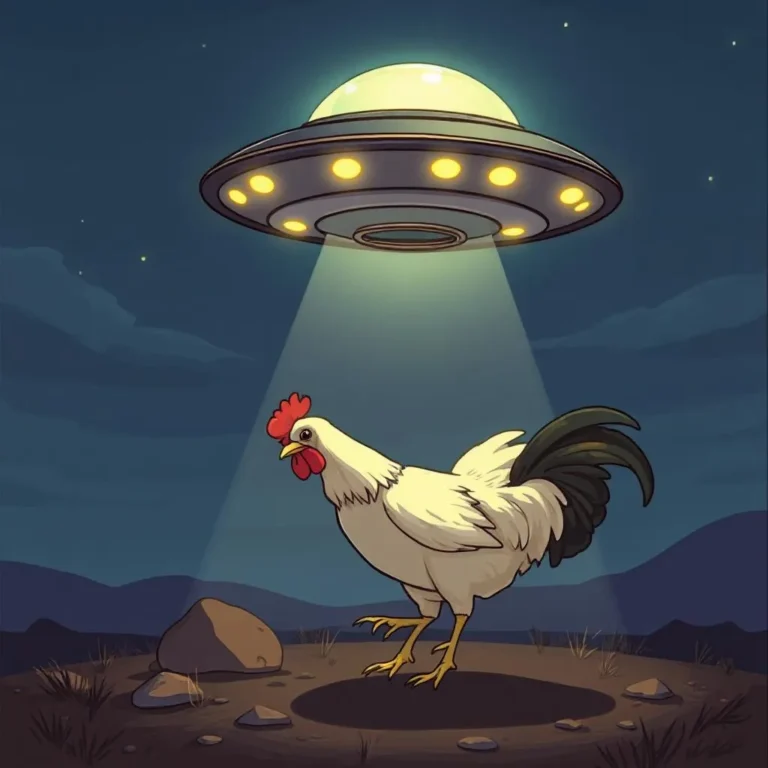
Area 53: Colouring Sheets Based on Themes from the Video and Game
Acknowledgements & References
All images presented in the video, game, and website were created using Artificial Intelligence resources like ChatGPT and Pixlr or gathered from Canva. Additionally, I carefully curated all of the information presented in my products to make sure the information was simple, relevant, and understandable to young children. As a result, while previous sources inspired the information presented in my products, no information was directly paraphrased or taken from the sources. Nonetheless, I would like to acknowledge and thank the individuals who inspired my work:
- Dr. Doug P. VanderLaan provided numerous slideshows, which helped me know what information I should present in my products.
- Dr Monika Folkierska-Żukowska graciously taught me about image quality checking and brain painting, which helped me explain motion and brain painting in my video and game.
- Dr. Diana Peragine gave me access to the brain images in my products.
- Ashley Kaur Dhillon was the course teaching assistant who met with me over the year to check my product.
- Broadhouse (2019): The structure used in Broadhouse’s 2019 article about the mechanisms behind magnetic resonance imaging inspired how I scaffolded my video and game. Also, her comparison of a scanner’s magnet to the Earth’s magnetic field was worked into my products, but with additional information for the children.McRobbie et al. (2017): McRobbie et al.’s mention of the ferromagnetic materials not allowed near the scanner and how the scanner’s magnet is stronger than the Earth’s magnetic field influenced my decision to include both pieces of information in my products. However, the information provided by McRobbie et al. (2017) needed to be simplified a lot for children as it was complex.
References
Broadhouse, K.M. (2019). The physics of MRI and how we use it to reveal the mysteries of the mind. Frontiers for Young Minds. 7:23. doi: 10.3389/frym.2019.00023
McRobbie, D. W., Moore, E. A., Graves, M. J., & Prince, M. R. (2017). Early Daze: Your First Week in MR. In MRI from Picture to Proton (pp. 11–25). https://doi.org/10.1017/9781107706958.003
Straus, S. E., Tetroe, J., & Graham, I. (2009). Defining knowledge translation. Canadian Medical Association Journal (CMAJ), 181(3–4), 165–168. https://doi.org/10.1503/cmaj.081229
© 2025 Matteo Paventi | Supervised by Dr. Doug VanderLaan

